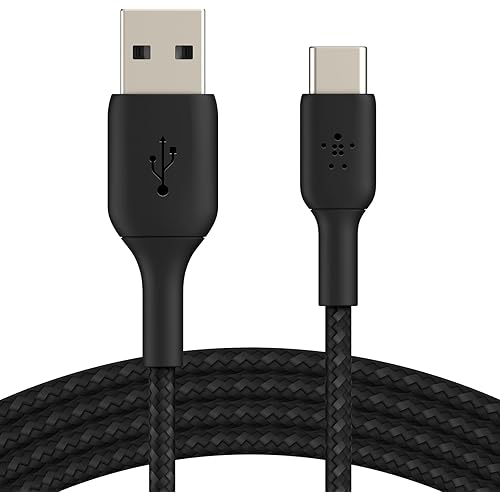




Buy Now, Pay Later
- – Up to 36-month term if approved
- – No impact on credit
- – Instant approval decision
- – Secure and straightforward checkout
Ready to go? Add this product to your cart and select a plan during checkout.
Payment plans are offered through our trusted finance partners Klarna, PayTomorrow, Affirm, Afterpay, Apple Pay, and PayPal. No-credit-needed leasing options through Acima may also be available at checkout.
Learn more about financing & leasing here.
Selected Option
30-day refund/replacement
To qualify for a full refund, items must be returned in their original, unused condition. If an item is returned in a used, damaged, or materially different state, you may be granted a partial refund.
To initiate a return, please visit our Returns Center.
View our full returns policy here.
Recently Viewed
Size: 8 Wide
Color: Dark Grey/Red
Description
This beefy hiking boot from Zamberlan means business, especially on those trails less traveled. Expertly crafted using durable one-piece construction, the Vioz is packed with comfort and safety features including a waterproof breathable lining, moisture-wicking contoured footbed, and deep-lug rubber sole for excellent traction and durability. It's perfect for day hiking, outdoor work use and adventure travel. Zamberlan is a family-run company that began in 1929, when Giuseppe Zamberlan started his own cobbling business. Two generations later, Zamberlan still produces their boots in Italy and they invite you to experience their high-quality materials and expert craftsmanship.
Is Discontinued By Manufacturer : No
Product Dimensions : 14 x 14 x 5 inches; 5 Pounds
Item model number : 996 Vioz GT
Department : mens
Date First Available : January 10, 2010
Manufacturer : Zamberlan
Frequently asked questions
To initiate a return, please visit our Returns Center.
View our full returns policy here.
- Klarna Financing
- Affirm Pay in 4
- Affirm Financing
- Afterpay Financing
- PayTomorrow Financing
- Financing through Apple Pay
Learn more about financing & leasing here.
Top Amazon Reviews



























